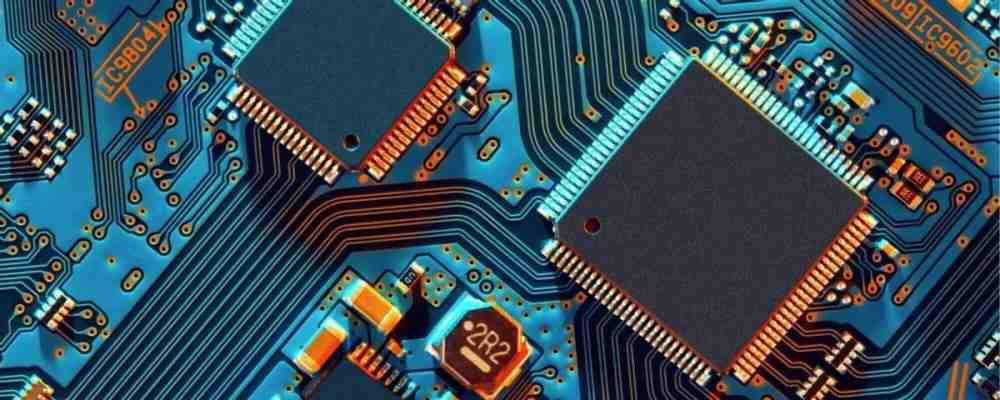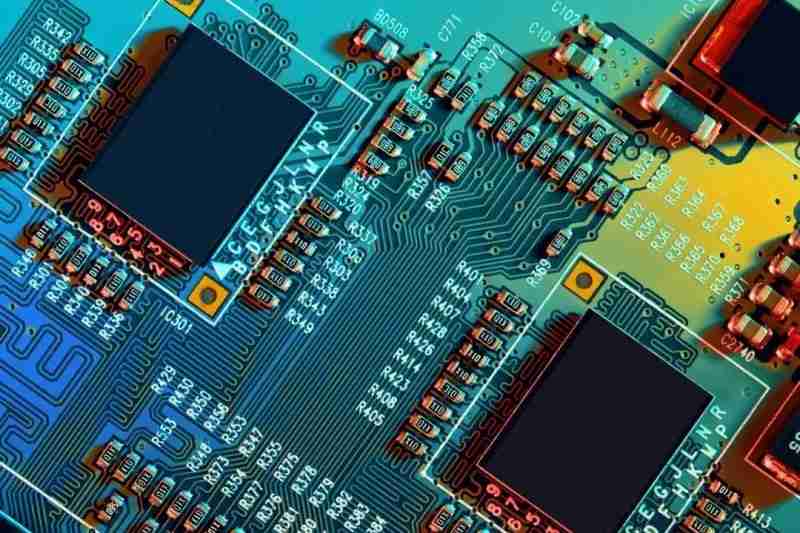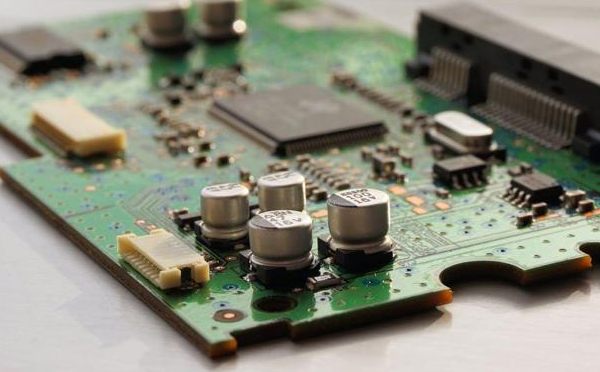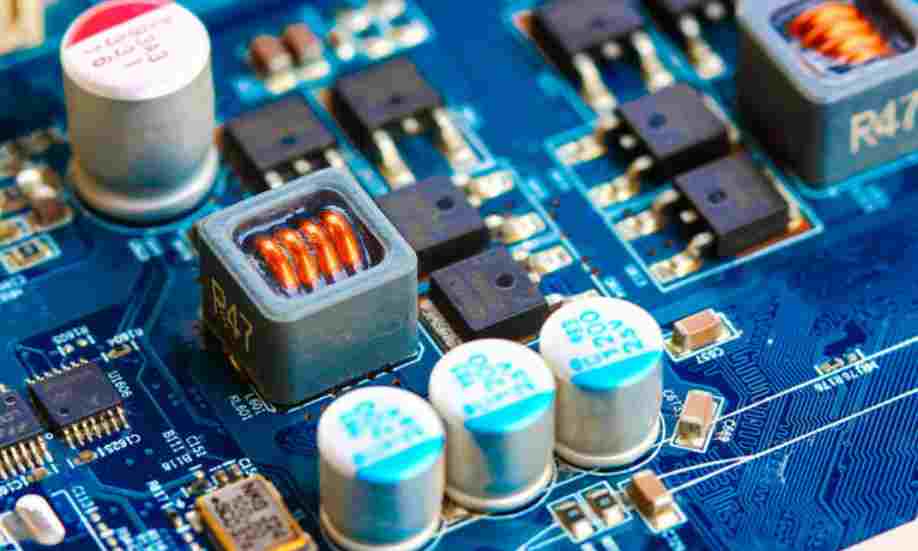
0 ohm resistance is the resistance of 0 ohm, used in PCB design and other aspects, is a kind of ideal resistance. So zero ohm resistance means no resistance? Of course not, zero ohm resistance is not zero ohm, it's just close to zero ohm.
1, convenient debugging or compatible design: you can choose the device, function, configuration, etc.
When designing PCB board, our hardware engineers need to consider the compatibility problem as much as possible. For example: A certain pin of the chip has two functions, which can drive the buzzer or the LED light, but these two functions cannot work at the same time. In order to realize the realization on the same circuit board, you can choose which module to drive. At this time, you can add 0 ohm resistance to the line connecting the buzzer and the LED. To drive the LED light, weld the 0 ohm resistance on the LED light path.
As shown in the following figure, you can choose the use of the signal, which is used to weld which, do not use the vacant.
When configuring, especially for embedded boards, the startup signal selection, through the board configuration to select different startup sources, this time need to use 0 ohm resistance.
2, used as a jumper
Beautiful installation is convenient, avoid high frequency interference caused by jumping pins.
3, wiring, jumper line
In the stage of PCB layout and wiring, sometimes the wiring can not go through, especially in the circuit board area is small and there are many wires, there may be a wire that needs a large circle to connect, at this time, you can connect a 0 ohm resistance, you can skip the previous wire. For example, if the two white solder joints are not directly connected, they need to go around many routes to finally connect. If the single-layer PCB board is unable to drill holes from below, connect them with 0 ohm resistance, which can reduce the procurement cost of multi-layer PCB board.

4. When the matching circuit parameters are uncertain, 0 ohm resistance is used instead
When matching circuit parameters can not be determined, in the physical test need to remove a resistor or need to replace different resistance values, so as to obtain an optimal scheme, this time usually use 0 ohm resistance. Use 0 ohm resistance instead, after the actual debugging to determine the parameters, and then use the specific value of the components instead.
For example, there are two different power supply schemes, 5V and 10V, but it is not sure whether the different power supply voltage will cause an unknown impact on the whole circuit, usually use 0 ohm resistance connected, such as circuit test, choose the power supply connection.
5. Measure circuit power consumption
Not sure about a chip or a circuit overall power consumption, in the power supply end series a 0 ohm resistance, such as the board proofing is completed, the 0 ohm resistance to remove, with a multimeter directly measured the two solder joints, can measure the actual working current of a situation, so that you can calculate the chip or the entire circuit of a total power consumption. If you want to measure the current consumption of a part of the circuit, connect the 0 ohm resistance, connected to the ammeter, so convenient to measure the current, can be used to measure large current.
6. Act as a capacitor or inductor
In high frequency signals, the zero-ohm resistor can act as a small capacitor or inductor if it matches the characteristics of the external circuit, which is good for EMC problems such as ground to ground, power supply to chip pins.
7, used as a fuse, to protect the current
Because the circuit current of PCB circuit board is relatively large, if there is a fault such as short circuit overcurrent, it is difficult to fuse, which may lead to a bigger accident. However, the current bearing capacity of 0 ohm resistance is relatively weak. When the current passes, the 0 ohm resistance will be first fused, so that the circuit can be disconnected to prevent the occurrence of bigger accidents.
8, analog and digital ground single point grounding
Generally in the design of circuit, in the digital circuit and analog circuit and other mixed circuit, often require two separate, and single point connection. We can use a 0 ohm resistance to connect the two ground, rather than directly connected together, this ground is divided into two networks, in a large area of copper and other processing, will be much more convenient, can prevent "floating" and accumulate charges, cause static electricity. See the picture below for details.
Usually encounter such a situation, may also use the following methods to solve the problem: 1, with magnetic bead connection; 2, with capacitance connection; 3, with inductance connection; 4. Connect with 0 ohm resistance.
9. Used for current circuit when straddling
When the electric ground plane is divided, the shortest return path of the signal will be broken. At this time, the signal circuit has to detour, forming a large loop area, and the influence of electric and magnetic fields will become stronger, which is easy to interfere and be interfered with. The 0 ohm resistance across the division provides a shorter backflow path and reduces interference.
10. Configure the circuit
General products do not appear jumpers and dip switches. Sometimes users will mess with the Settings, easy to cause misunderstanding, in order to reduce maintenance costs, the application of 0 ohm resistance instead of jumper welding on the board. Vacant jumper is equivalent to antenna at high frequency, with good resistance effect patch.
11. Noise suppression
Because of the characteristics of 0 ohm resistance itself, it can effectively suppress the loop current, so that the noise can be suppressed. In fact, zero ohm resistance is not really no impedance, only superconductors can really achieve zero impedance. So the 0 ohm resistance actually attenuates in all frequency bands.

Several common problems with 0 ohm resistors
(1) What is the difference between a 0 ohm resistance and a wire? Can the 0 ohm resistance be replaced by a wire?
From the function described above, we can know that 0 ohm resistance has very rich functions. Secondly, in some cases, 0 ohm resistance and wire have the same function. For example, when crossing wires, wire is not used because in the actual production process, the patch is used to identify the 0 ohm resistance, but it is difficult to identify the wire. So for the sake of efficiency and convenience of production, 0 ohm resistance will be chosen.
(2) Is there a difference in the accuracy of 0 ohm resistance?
There must be differences. For example, when the precision of 0 ohm resistance is ±1% or ±5%, there will be 0603, 0805, 1206, 1210, 1812 and other packages. Different precision, sizes will be different, and forms will be different.
(3) How much high current can 0 ohm resistance pass through?
Circuits are often designed with a 0 ohm capacitor, and the resistance rating is selected based on the line current.
The actual resistance of a normal 0 ohm resistor is around 50 milliohm +-5%. From the power rating, you can calculate the current rating of 0 ohm resistance.
How much current can be passed through the 0 ohm resistance of each package, also needs to be determined according to the heat dissipation of the resistance on the PCB board.









